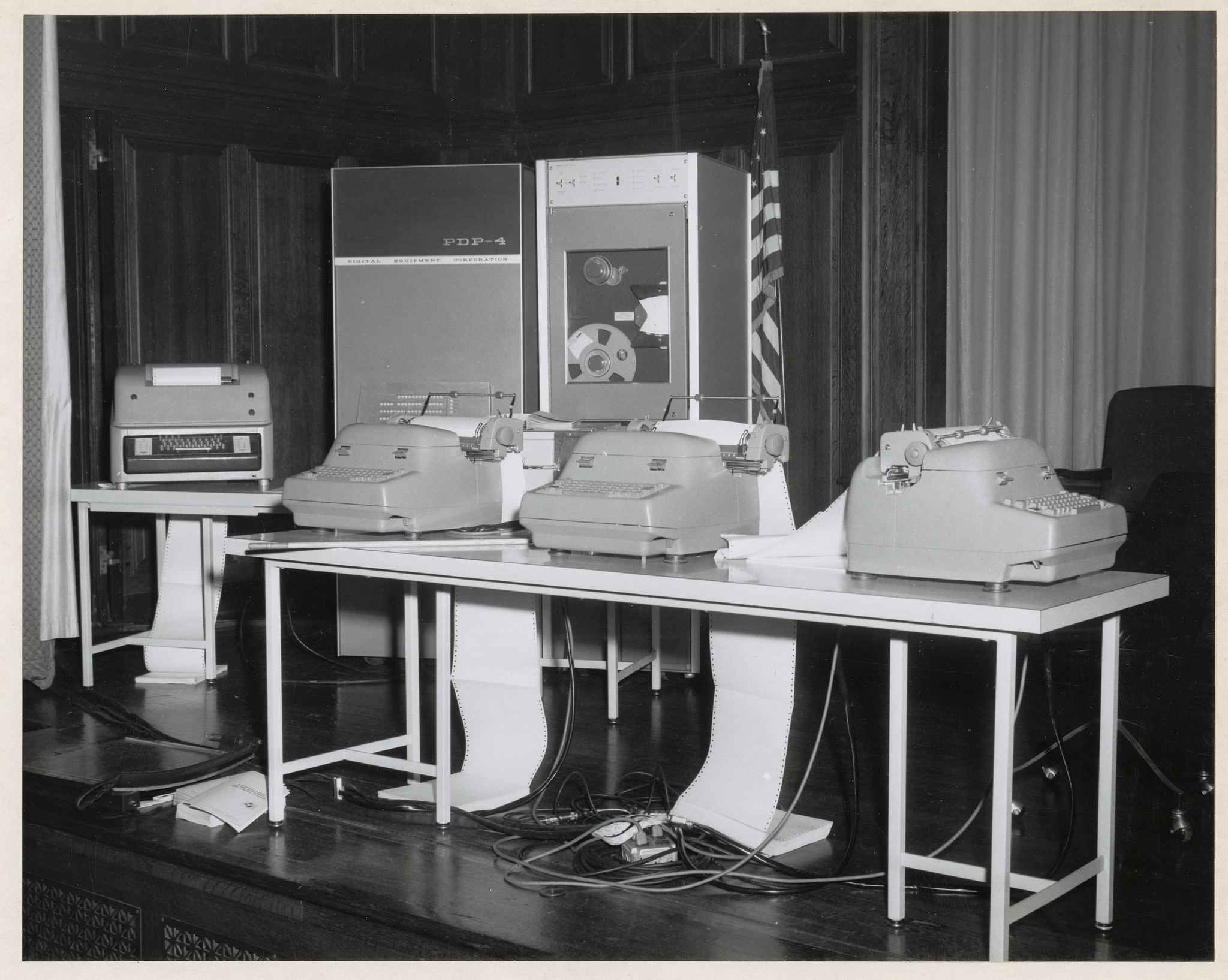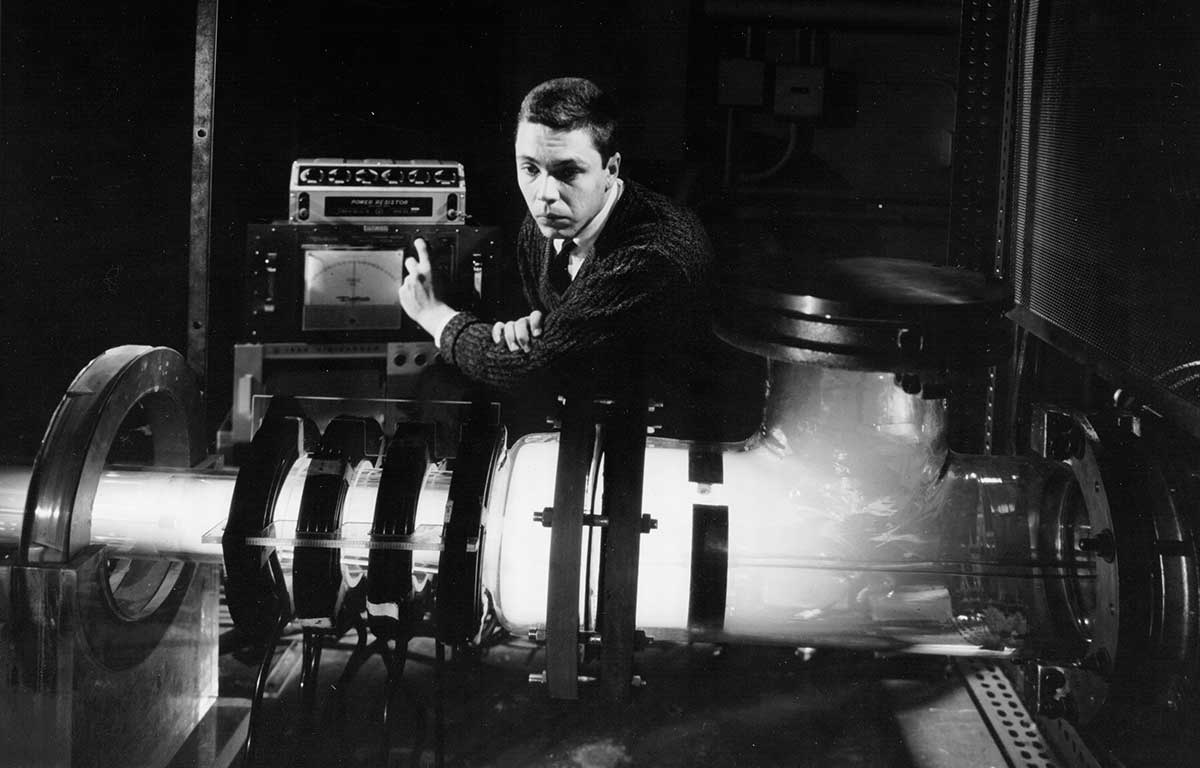Client feedback on creative comes in three flavors: the good, the bad, and the ugly. Each flavor can be valuable to your agency, but only if you’re open to it.
Sure, hearing negative (bad, ugly) feedback isn’t pleasant—criticism rarely is—but if you can manage to bury your wounded feelings, you’d be surprised just how much you can learn.
But before we get to all that, let’s first talk about the type of response we all want from a client.
The Good
Every creative person I know—myself included—welcomes feedback on the work we produce. We want clients to be happy. Better yet, we want them to be ecstatic—to get back to us with only minor changes, if any.
While this does happen, it’s relatively rare. Most clients have a gauntlet of personnel that creative needs to be reviewed by, and it’s nearly impossible to please everyone out of the gate.
Beyond the unicorn of “no notes,” the best type of feedback a client can give is rooted in detail. The more explicit a client can be about what they want, the better.
Sometimes this is easier said than done. Clients are humans, and humans are emotional animals. Because of this, it’s common for a client to struggle with what, exactly, they don’t like about copy or a design.
When this happens, the key is to recognize their struggle and talk through it with them. Ask questions like, Did the opening not grab you right away? Are the colors not quite right now that you see them on the website mockups? Are the images off?
The more you drill down with these types of questions, the more likely a client will be to open up and really get to the root of their issues with the product. Keep in mind that the client is often just as frustrated as you are with creative not hitting the mark, and the best way to deal with that frustration is to talk it through without being defensive.
.png?width=951&height=330&name=abn%20-%20feedback%20loopy%20-%20graphic2%20(1).png)
The Bad
Bad feedback has many shapes. The most common one is conflicting opinions, which can scuttle even the sturdiest creative teams. Just like it’s impossible to please everyone from the jump, it’s impossible to reconcile thoughts and opinions that run in opposition with each other.
When this happens, you need to put the ball back in the client’s court. Let them know you’re happy to make any changes, but you’re going to wait until their internal team has come to an agreement on what they’re looking for.
Yes, it can be tempting to want to just keep taking swings on a creative piece hoping you’ll eventually hit it out of the park, but more often than not, that’s a recipe for wasted hours.
Similarly, when a client gives you specific feedback only to change their minds later—or completely contradict themselves—you need to be clear with them that they were the ones that led you down the road initially and that changing their mind on the direction of the product will likely lead to delays with getting the creative launched.
Again, you don’t want to be defensive here. You also don’t want to let your frustrations get the best of you. People are allowed to change their minds, after all, so it’s best to just be factual in response. Most clients, when they realize their own unfocused feedback will cause delays—and increased costs—recognize they are the ones at fault.
The Ugly
Ugly client feedback, in contrast, is usually fueled by childish or bullying impulses. If a client’s only response to seeing creative is that the “writing is bad” or “they stopped after the first paragraph because a word wasn’t right” or “it just looks ugly,” then they’re not interested in being helpful.
Instead, they’re either looking for someone to throw under a bus since the project has gone off the tracks on their end, or they may be so insecure in their position at their company that they’re unable to provide useful feedback. Or they’re just an asshole.
Regardless, there is still value in receiving this type of feedback. For one, it provides you with insight into how your working relationship will be with the client going forward. For two, it helps you decide whether the client is someone you want to continue working with once the current project is completed.
Feedback Is Always Important
Successful client-agency relationships are built on trust. The more detailed the feedback is on creative, the more likely an agency is to hit the mark without endless revisions and the more trust both sides will have moving forward.
But like every relationship, building trust requires both honesty and tact. Thoughtful criticism will always lead to better outcomes. We all have the same goal for creative—for it to be good, engaging, and effective. Honesty and tact with feedback gets us there.
Don’t miss out, get Brave News now
Join the ABN community and be the first to learn about trends in inbound marketing, branding, and web design.








